There's no Wi-Fi 6 here, but that doesn't matter — the UniFi Dream Machine is the best router I have ever used.
Ubiquiti is well-known in the enterrise segment, but the brand also sells routers for home users. We looked at the AmpliFi HD mesh system earlier this year and came away impressed with its performance. The AmpliFi lineup is aimed at consumers looking for an all-in-one home networking solution that's easy to get started with.
The UniFi Dream Machine router I'm reviewing falls under the brand's prosumer UniFi series, and it offers a robust set of features that you don't get with the AmpliFi lineup. Ubiquiti's UniFi products are targeted at businesses, and they're highly scalable — much more so than a traditional mesh router. You can add switches, security cameras, and more access points as needed.
If you're reading this, you're more interested in finding out how the UniFi Dream Machine fares as a home networking solution. The short answer? It is outstanding. I've been using the Dream Machine for just over two weeks, and here's why you should switch away from your current router to Ubiquiti's latest offering.
At a glance
Ubiquiti UniFi Dream Machine
Bottom line: The UniFi Dream Machine is unlike any other router you've used before. It offers excellent Wi-Fi range and more configuration options than you'll end up using, and the hardware on offer is in a class of its own. This really is the ideal router for whole-home coverage, and if you need to extend the range to outdoor spaces, it also works in a mesh configuration.
The Good
- Exhaustive feature-set
- Excellent Wi-Fi throughput
- Highly configurable
- Minimalist design
- Works as a mesh system
The Bad
- No Wi-Fi 6
- A few features are still in beta
Ubiquiti UniFi Dream Machine Why Ubiquiti?
Ubiquiti isn't a brand that's well-known in the consumer segment, but it has a cult-like following among home networking nerds. Go to any networking-related subreddit and you'll see hundreds of users singing praises about Ubiquiti gear. One of the reasons for this is because Ubiquiti's products are geared toward the "prosumer" segment — a portmanteau of professional and consumer.
The UniFi series offers customization options that you just won't find on any other consumer router.
Ubiquiti offers a more consumer-centric home networking solution in the AmpliFi series, with the AmpliFi HD being a stellar option if you're interested in a whole-home mesh solution. But I've always been interested in the brand's UniFi series because of the feature-set — you just don't see this level of customizability outside the enterprise segment.
Best of all, Ubiquiti's networking gear doesn't cost more than what you'd normally pay for a router. The UniFi Dream Machine retails for $329, and that isn't much more than a similar 4x4 MIMO router from the likes of ASUS or Netgear. But as you'll see below, the granular control that you get with the UniFi Dream Machine is several magnitudes higher than what's possible with other players.
Ubiquiti UniFi Dream Machine Design and features
I'll get this out of the way before starting with the review. The UniFi Dream Machine does not have Wi-Fi 6 — it is based on the older Wi-Fi 5 standard (802.11ac Wave 2). And before you point out that Netgear has a Wi-Fi 6 router that costs half as much, that particular model has less than half the range you're getting here, and in real-world usage it is nowehere as reliable.
The drawback with UniFi gear in the past was the high barrier to entry — you had to buy an access point, a switch, and a security gateway that interfaces with the brand's network controller interface.
The UniFi Dream Machine solves that dilemma. It looks like a standard router, but it contains all the parts you need to get started with UniFi's network management software. It has a security gateway built-in, and there are four Gigabit Ethernet ports at the back. The fact that there's now a single solution that has all the hardware you need to get started with UniFi's network management features makes the UniFi Dream Machine that much more enticing.
With that out of the way, onto the router itself. The UniFi Dream Machine looks like an Echo Plus because of the elongated design and the light ring at the top, and the aesthetic works in its favor. The minimal design doesn't make it stand out, and it blends seamlessly into the background the same way a Google Home or Echo does. The light ring provides a quick visual indicator of the overall health of your home network, and you can turn down the brightness or switch off the LED entirely from the settings.
The specs on the UniFi Dream Machine put every other consumer router to shame.
The router has a built-in fan that kicked in during initial configuration, and there's a speaker as well that chimes whenever you restart the router. The fact that there's a speaker could lead to digital assistant integration down the line, but that's just wishful thinking at this point.
You don't often see a router's specs highlighted, because most home routers have limited RAM and memory. For context, I used an ASUS RT-AC5300 for the better part of the last three years, and it had 256MB of RAM and just 128MB of flash memory. The internal storage was fine for flashing the firmware onto the router, but the RAM was a bottleneck when running a VPN server.
This is where the UniFi Dream Machine shines: it is powered by a 1.7GHz quad-core Cortex A57 chipset, and has 2GB of RAM and 16GB of storage. That's eight times the RAM of the RT-AC5300 and 128 times the amount of storage. The beefier hardware is because the Dream Machine also has UniFi's network controller built in, as well as a managed switch.
You don't need a degree in networking to set up and use this router — and that's what makes it so great.
But what makes the Dream Machine stand out is that it's just as easy to set up as a Nest Wifi. UniFi's Android app guides you through the initial configuration, and it's about as straightforward as it gets: just connect the bundled wall plug to the router, insert the LAN cable from your modem in the WAN port, and wait for the router to boot up.
Once you see a solid blue light, follow the prompts on the UniFi Network app. You'll need to create an account with Ubiquiti, and doing so lets you manage the router remotely. The router didn't automatically detect my internet connection at first, so I had to restart the modem and router for it to work. Once your connection is detected, you'll be able to assign an SSID for your home network and a password. After setup is finalized, you'll be able to log into the dashboard and see the status of the Dream Machine.
The UniFi Network app has a host of features that include traffic statistics, all the devices that are connected to the router in real-time, as well as an overall rating for your connection. If you don't care about all the network management features on offer, you can just use the mobile client and the UniFi Dream Machine will work just fine.
That's another area where the router has an advantage. It strikes the ideal balance between simplicity and extensibility — you can just configure it and leave it alone, and it will continue to work day in and out. But if you're like me and like to tinker with your home network, Ubiquiti offers a set of tools that you won't find on any other consumer router. As Ars Technica's Lee Hutchinson found out a few years ago, there's an unending list of configuration options possible with UniFi gear, and the UniFi Dream Machine makes it easier to delve into that world.
UniFi's web client is the gateway for the network management features on offer, and from here you'll get a more detailed breakdown of all the devices connected to the Dream Machine, usage statistics, and there's even a deep packet insection feature that gives you an overview of the sites visited by individual devices on your network.
You can set up a dedicated L2TP VPN server on the router, and configure DHCP, DNS servers, UPnP, QoS, and a RADIUS server. Ubiquiti also offers a provision for DNS and IP filtering, and there's even an AI-assisted feature that automatically selects the ideal Wi-Fi channel based on network traffic and Wi-Fi density. You can also set up a guest network with a captive portal for guests to log into, and add a custom background.
There's also a robust threat management service that offers both Intrusion Detection System and an Intrusion Prevention System. You can choose from five preset levels for threat management, or select a custom setting based on your preferences. Setting the level to maximum sees the maximum throughput going down to 850Mbps.
Honestly, there's so much to configure here that you can easily spend an hour just fine-tuning things if you're so inclined. I haven't seen this level of control on any router to date, and I now understand why the Dream Machine packs so much hardware. I'll limit the focus of this review to how the router works as a standalone home networking client, but I'll follow up with how the Dream Machine is the ideal entry point into the UniFi world over the coming weeks.
Ubiquiti UniFi Dream Machine Performance
In the two weeks I used the Dream Machine, I had zero issues with Wi-Fi connectivity or performance. I routinely see connectivity problems — including random drop-offs — particularly with phones on the RT-AC5300, but it wasn't an issue on the Dream Machine.
I'm currently on an internet plan with 200Mbps down/20Mbps up, and while that isn't ideal for judging Wi-Fi throughput, it serves as a good baseline. I'll update the findings in a few weeks once I'm back home and on my regular Gigabit plan.
| Location | Ping | Down speed | Up speed |
|---|---|---|---|
| Living room (10 feet) | 2 ms | 180Mbps | 18Mbps |
| Kitchen (25 feet) | 3 ms | 173Mbps | 18Mbps |
| Bedroom (50 feet) | 3 ms | 160Mbps | 18Mbps |
The router is particularly great for cloud gaming, and I was able to play for several hours on NVIDIA's GeForce Now game streaming service on the Shield TV Pro (2019) and a Lenogo X1 Yoga Gen 4 without any lag whatsoever.
Ubiquiti UniFi Dream Machine Should you buy it?
With excellent Wi-Fi performance and hardware that's in a class of its own, the UniFi Dream Machine stands tall over other consumer routers. If you like to dabble in home networking, there isn't a consumer router today that will give you as many features to play with as the UniFi Dream Machine. Even if you're not into networking, there's plenty to like here, and the range on offer combined with the rock-solid reliability make the Dream Machine a standout product.
Sure, you're paying a premium for the router, but it comes with hardware that's several leagues above what you usually get from the likes of ASUS and Netgear, and that alone makes it a worthy investment. The fact that you can add access points as needed and set up security cameras gives the Dream Machine versatility that you just don't get elsewhere.
The UniFi Dream Machine nails the fundamentals: you get excellent whole-home internet coverage, it is easy to set up, and connectivity is rock-solid. But that's just the start of the story here, and when you factor in the granular controls and the sheer number of features available, the Dream Machine is an obvious purchase.
Level up
Ubiquiti UniFi Dream Machine
On an entirely different level.
The UniFi Dream Machine is unlike any other router you've used before. It offers excellent Wi-Fi range and more configuration options than you'll end up using, and the hardware on offer is in a class of its own. This really is the ideal router for whole-home coverage, and if you need to extend the range to outdoor spaces, it also works in a mesh configuration.
from Android Central - Android Forums, News, Reviews, Help and Android Wallpapers https://ift.tt/2DNDCUT
via IFTTT

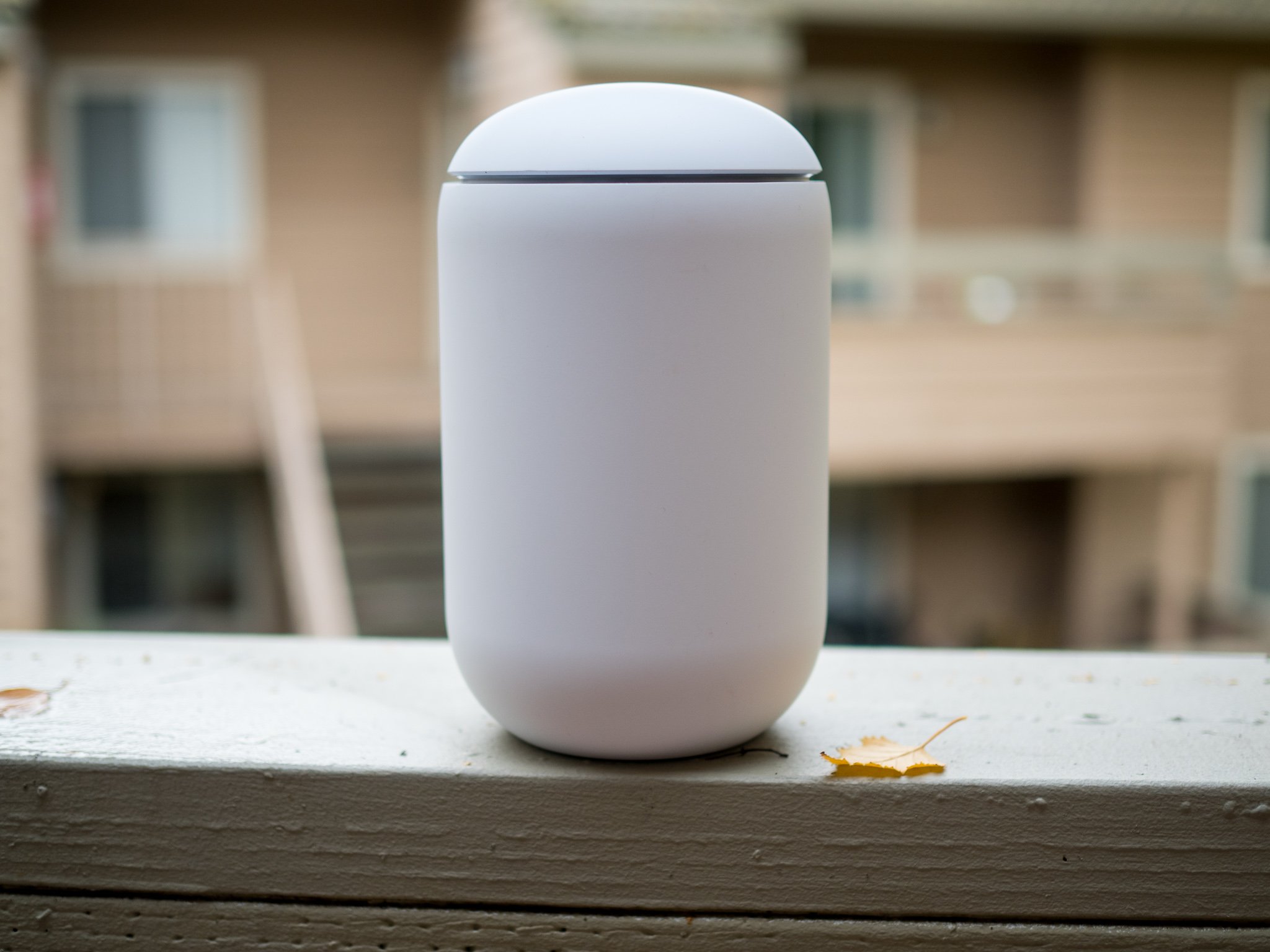

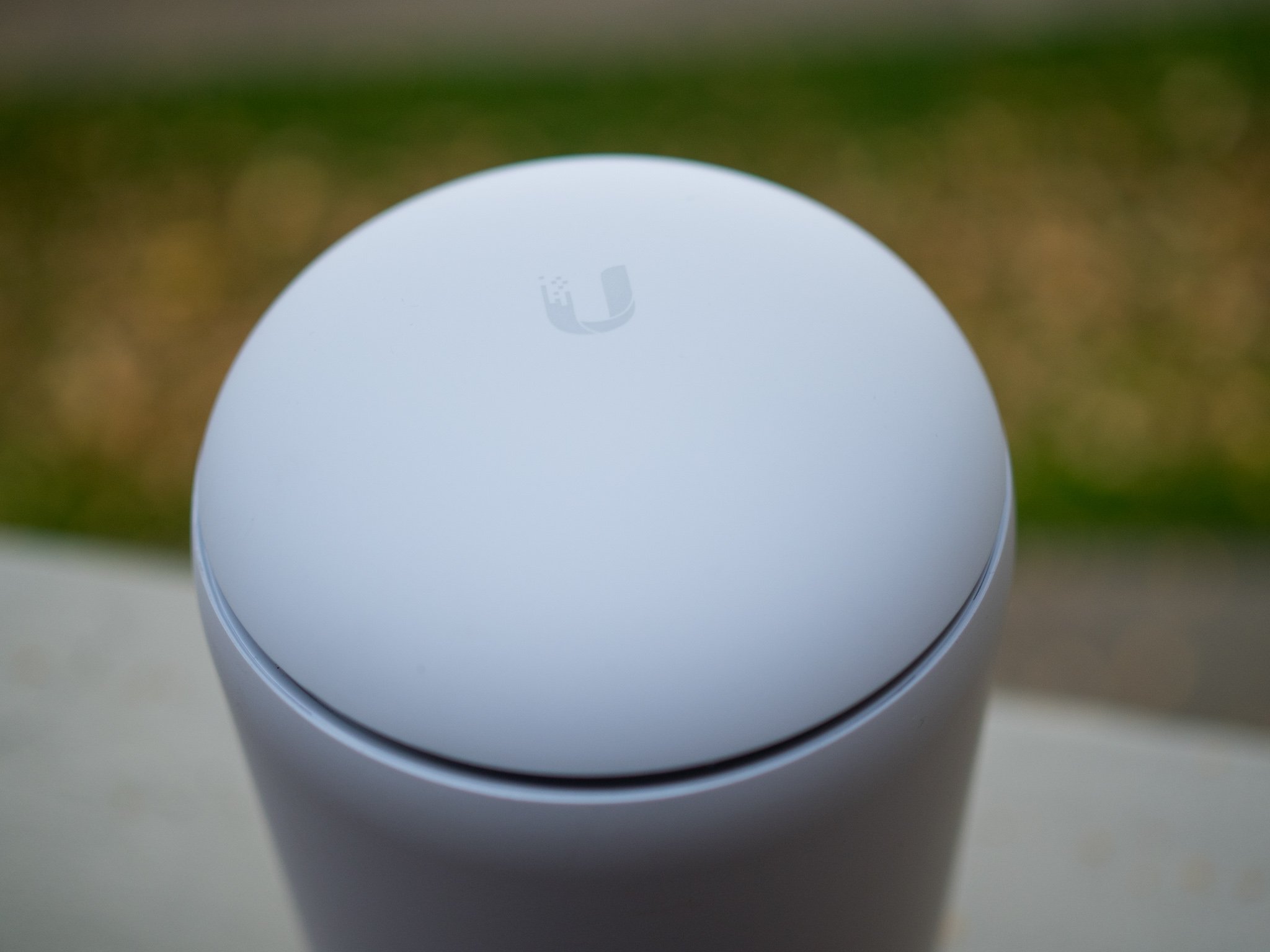
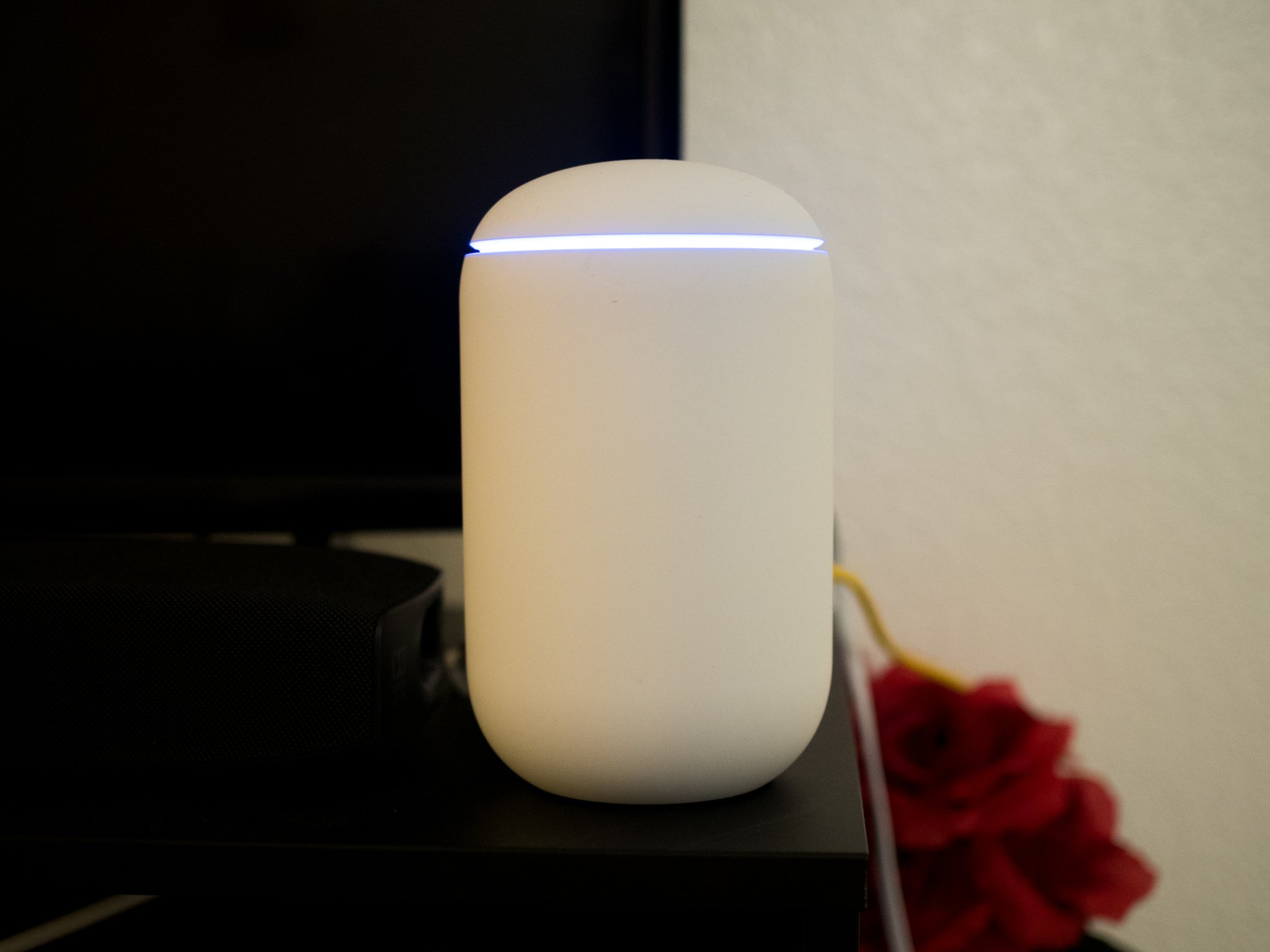

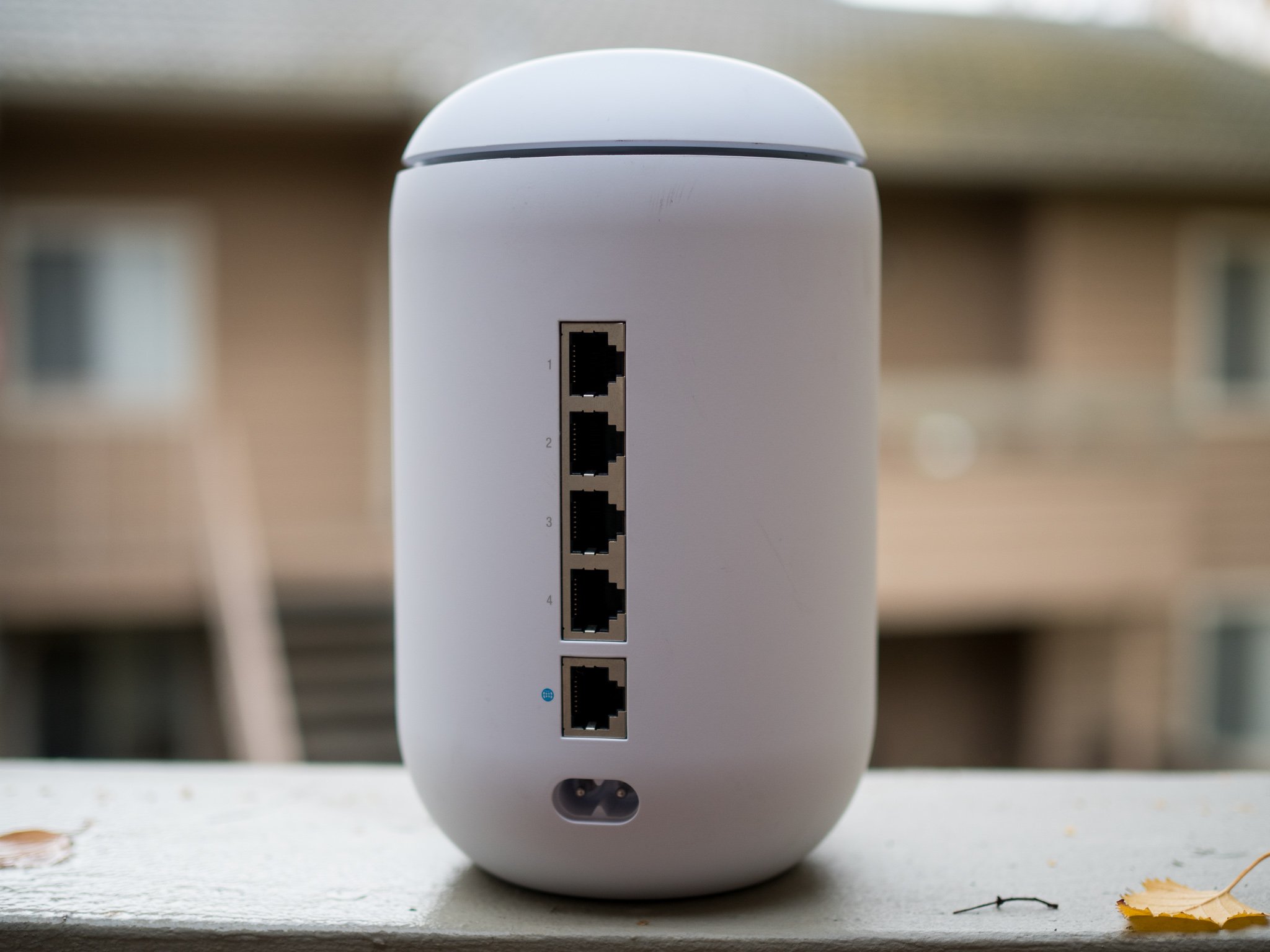
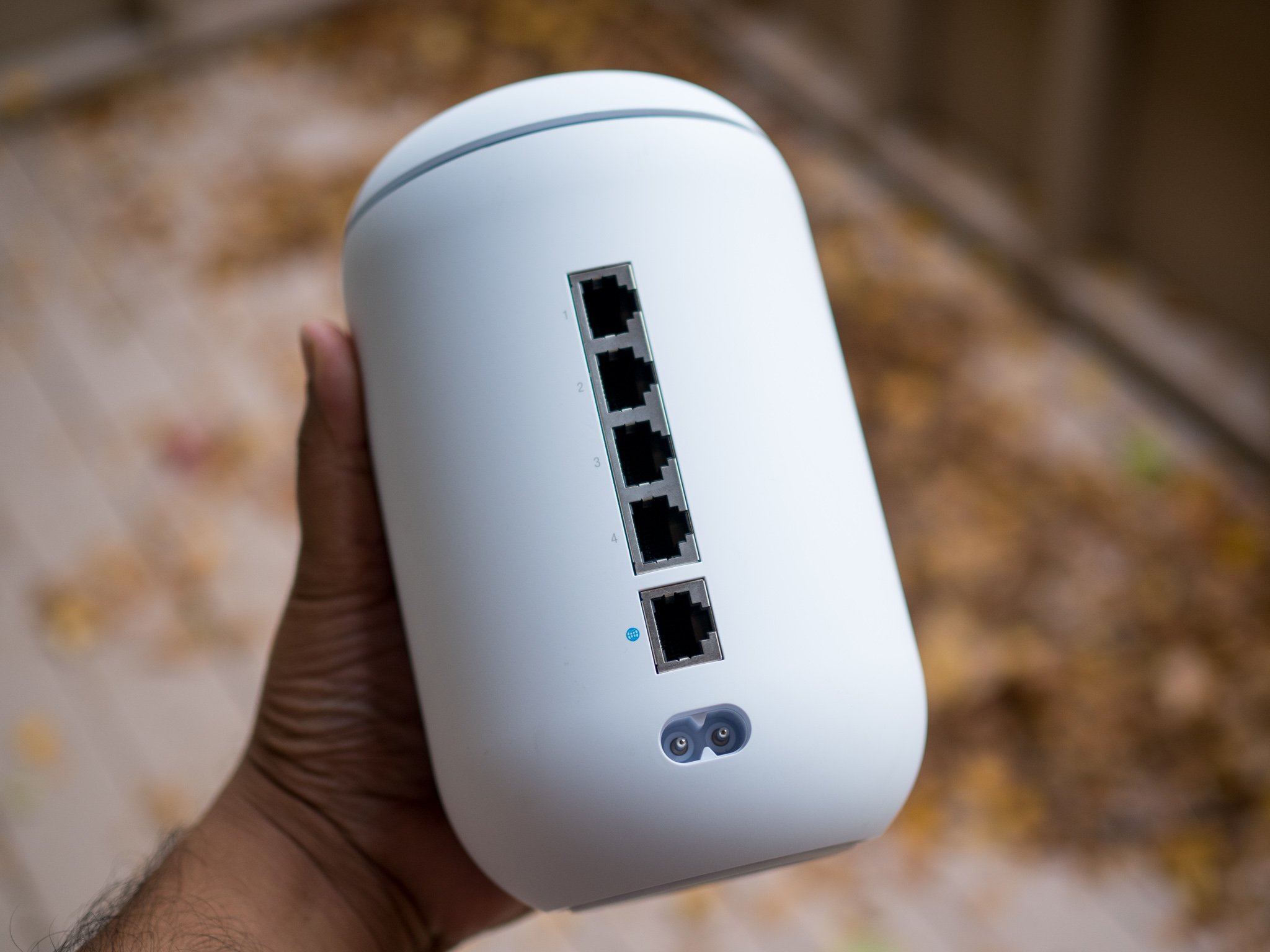
Aucun commentaire:
Enregistrer un commentaire